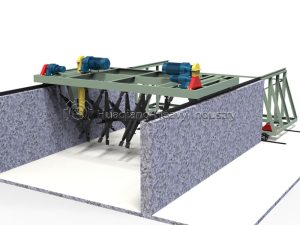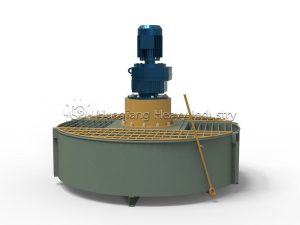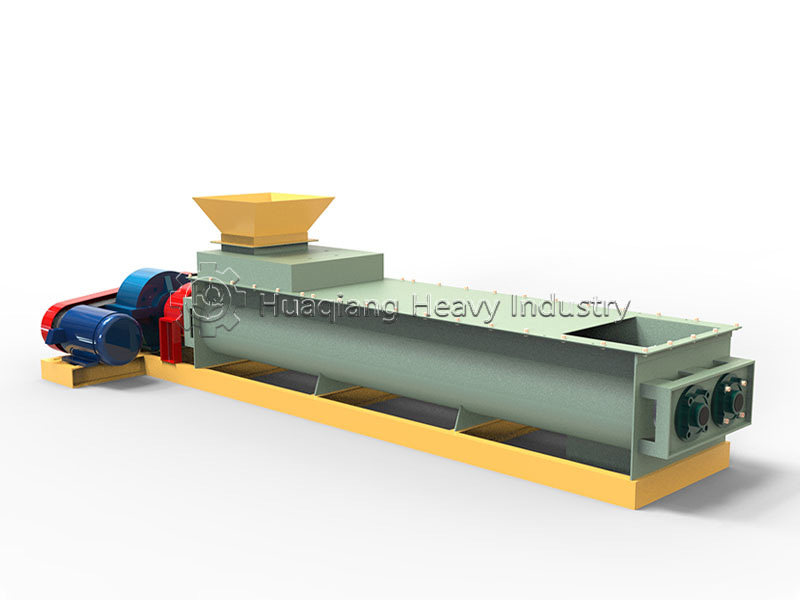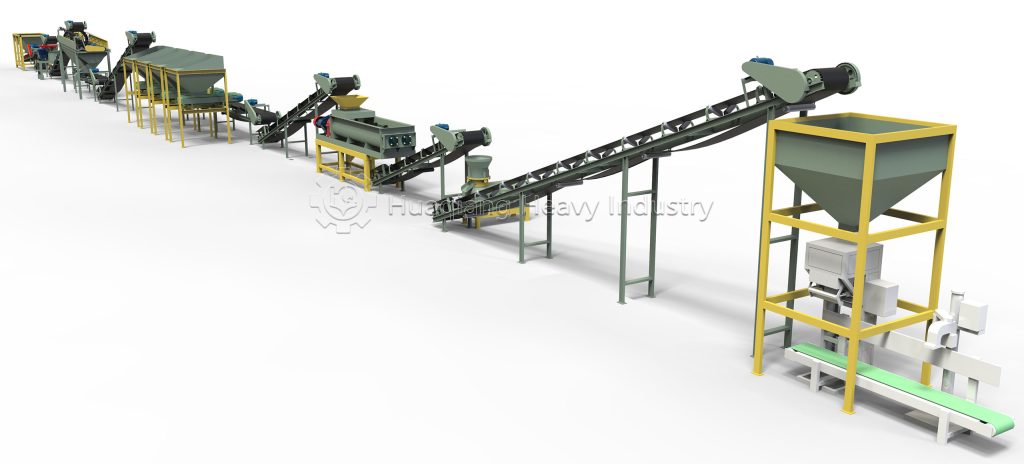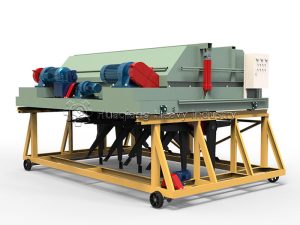Organic Fertilizer Production Process and Ecological Value
Organic fertilizer is a natural fertilizer rich in organic matter and nutrients, produced through microbial fermentation of organic waste such as plant and animal remains, livestock manure, crop straw, and kitchen waste. It not only helps improve soil structure and fertility but also effectively reduces agricultural waste pollution, making it an important pathway to sustainable agriculture. Modern industrial production of organic fertilizer typically involves five key steps.
The first step is raw material collection and pretreatment. Common raw materials include chicken manure, pig manure, straw, oilseed cake, garden trimmings, and even urban kitchen waste. Before entering the fermentation stage, impurities such as plastics and stones must be removed, and large pieces of material must be crushed to increase surface area and improve subsequent fermentation efficiency. Simultaneously, the moisture content (generally controlled at 50%–60%) and carbon-to-nitrogen ratio (ideally 25:1 to 30:1) of the material must be adjusted to create an optimal environment for microbial activity.
The second step is composting fermentation (primary fermentation). The pretreated raw materials are piled into windrows or placed in specialized fermentation tanks for high-temperature fermentation under aerobic conditions. During this process, thermophilic microorganisms rapidly multiply, decomposing organic matter and releasing heat, raising the pile temperature to 55–70°C. This high-temperature stage not only accelerates the degradation of organic matter but also effectively kills pathogens, insect eggs, and weed seeds, achieving harmless treatment. To ensure oxygen supply and temperature uniformity, the pile must be turned regularly or a forced ventilation system must be used.
The third step is post-fermentation (aging). After the primary fermentation, the material is transferred to an aging zone for secondary fermentation. At this time, the temperature gradually decreases, and the microbial community shifts from thermophilic bacteria to mesophilic bacteria, further transforming unstable organic matter into stable humus. This process typically lasts 15 to 30 days, significantly improving the stability and safety of the fertilizer and avoiding adverse effects on crops such as root burn after application.
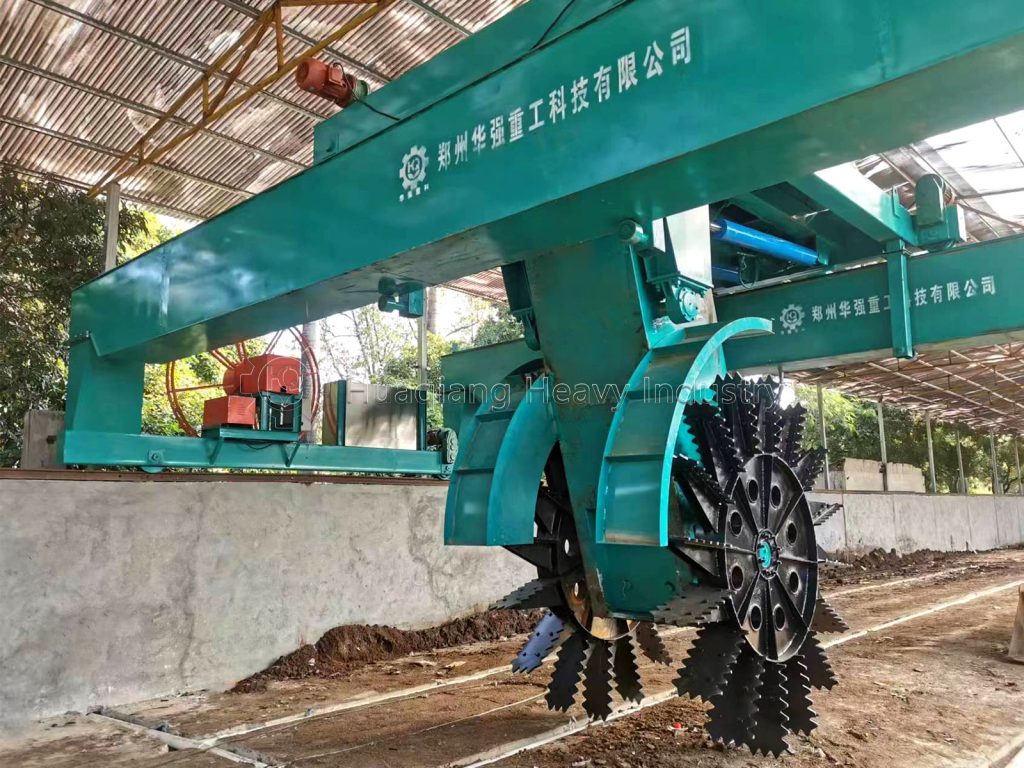
The fourth step is screening and crushing. The aged material may contain lumps or incompletely decomposed particles, requiring sieving using equipment such as drum screens to remove impurities and obtain a semi-finished product with uniform particle size. If granulation is required later, further crushing is necessary to meet the requirements of the granulation process.
The final step is granulation, drying, and packaging (optional). To facilitate storage, transportation, and mechanized application, powdered organic fertilizer is often processed into granules. After granulation, it needs to be moderately dried (moisture content controlled below 30%) and cooled, and finally packaged into commercial fertilizer according to standards. For farmers’ own composting, this step can be omitted, and the well-rotted compost can be directly applied to the fields.
Through these five steps, organic waste is efficiently transformed into safe and environmentally friendly organic fertilizer, achieving resource recycling and promoting the development of green agriculture. In today’s global advocacy of low-carbon, environmentally friendly, and sustainable development, promoting the production and application of organic fertilizer has profound ecological and economic significance.
Modern Equipment Revolutionizing Organic Fertilizer Production
The complete organic fertilizer production line transforms waste into valuable resources through systematic processing. The organic fertilizer fermentation stage is optimized using advanced equipment like the chain compost turner and large wheel compost turning machine, which ensure proper aeration and temperature control during windrow turning. These machines, including the versatile large wheel compost turner, significantly improve fermentation efficiency and consistency.
Following fermentation, the granulation phase utilizes specialized equipment such as the organic fertilizer granulator, with innovative designs like the new type two in one organic fertilizer granulator combining multiple processes into single units. This integrated approach streamlines production from raw material to finished product, supporting sustainable agriculture through efficient organic waste conversion and soil enrichment.


